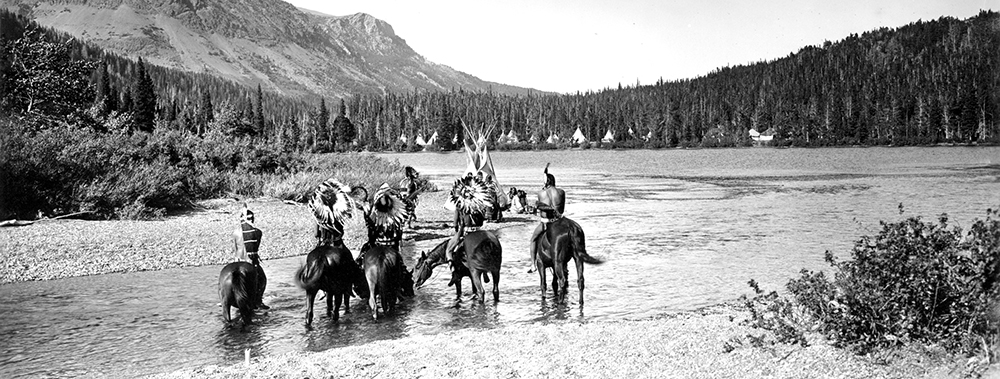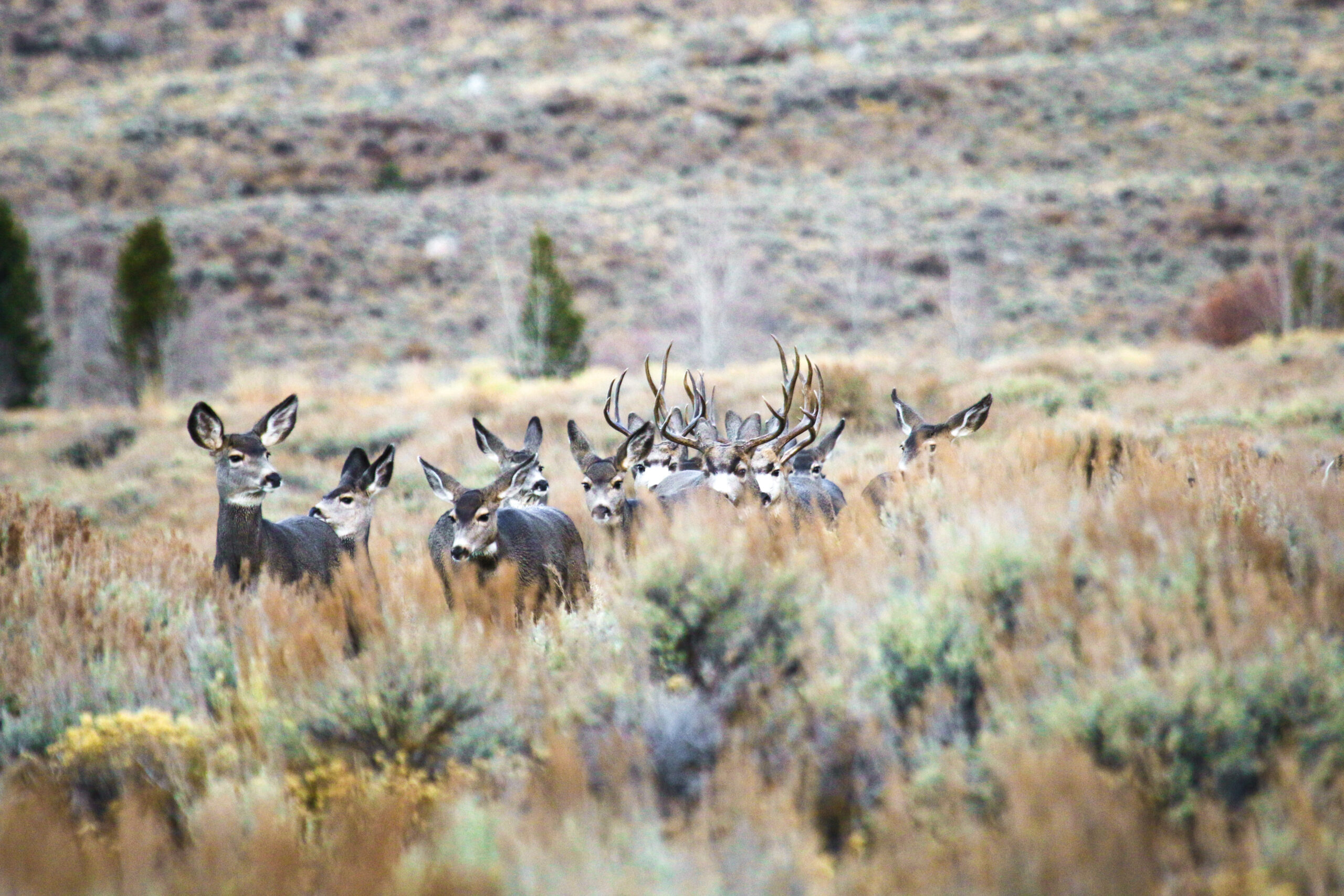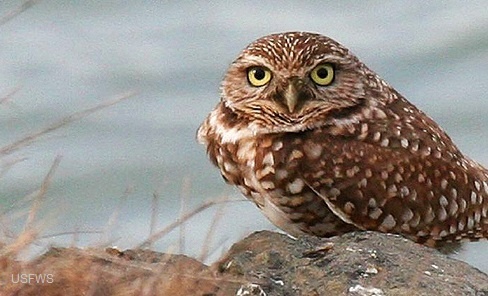Bringing Tribes Back to National Parks
Native Americans and the National Park Service’s Centennial


Lands such as Yellowstone National Park were tribal homelands for millennia. Photo by Abby Barber/ NWF
Native peoples have deep ties to our greatest known parks – Yellowstone, Glacier, Yosemite, Grand Canyon, Olympic, Mesa Verde, Everglades – and many, many others. Indeed, it must be acknowledged that the federal government created many of our parks by removing tribes from their ancestral territories and pushing them onto much smaller reservations. Today, this is made most apparent by the fact that many national parks such as the Grand Canyon are on national public land adjacent to tribal reservations. Tribes utilized these ancestral lands for seasonal homes, subsistence hunting and gathering, and cultural purposes.
Currently, many of our national parks are marked by the historic presence of Native Americans, from origin stories to literal markings – petroglyphs and park names such as Shoshone Lake in Yellowstone, Two Medicine in Glacier, Tuckup Trail in Grand Canyon, Tenaya Lake in Yosemite and the newly-renamed Mount Denali in Denali National Park in Alaska to mention a few.
Coalition to Improve Tribal Connection
What are we to make of this tribal connection to parks as we celebrate the Park Service centennial? Park Service Director Jonathan Jarvis has said the centennial goal is “to create the next generation of visitors, supporters, and advocates for our national parks and our public lands.” Achieving this goal will be vital in protecting the historic, cultural, natural, spiritual, economic and recreational resources that our national public lands currently provide and creating opportunities to identify and conserve other valuable resources for our children and future generations.

A Morning Council on the Merced, Yosemite. Photo by NPS
The Next 100 Coalition, including the National Wildlife Federation, is a first-of-its-kind group of diverse leaders from civil rights, environmental justice, conservation and community organizations that has come together to develop a vision and policy recommendations for a more inclusive system of national parks and other public lands. Their work includes establishing steps to honor and recognize the historic and cultural connection of tribes to national public lands.
President Obama has already shown great leadership recognizing the history of Native Americans and other diverse populations by designating places such as Chimney Rock National Monument in Colorado, the Mojave Trails, Sand to Snow and Castle Mountains National Monuments in California, and the Rio Grande and Organ Mountain-Desert Peaks National Monuments in New Mexico, all of which were supported by tribes. The Administration too, acted on one of the Next 100 Coalition’s recommendations when the Park Service released its final rule on the “Gathering of Certain Plants or Plant Parts by Federally Recognized Indian Tribes for Traditional Purposes,” recognizing the significance of many national parks as places for traditional gathering of plants and authorizing tribes to resume these traditions.
Some of the coalition’s policy recommendations to better recognize the history and heritage of Native Americans and engage them in the national public lands management process include:
-

Chief Lemee Dancing, Yosemite. Photo by NPS
Drawing upon Native American knowledge, traditions, values, and attitudes toward the Earth as guidance for how federal land managers might interpret natural and cultural resources on public lands for the public.
- Enlisting tribes in the interpretation or protection of key tribal resources in national parks and other public lands, and using Native stories and languages in interpretation where appropriate.
- Removing unnecessary barriers in tribal relations with agencies.
It’s time to take a hard look at how we go about achieving the goal Director Jarvis lays out, especially in how we engage culturally-diverse communities to shape the direction of conservation and public land policies for the future. A new vision needs to be created and implemented for the next century of conservation that focuses on the importance of national parks and other public lands for all people.
Going forward, President Obama should build on this legacy of inclusion by issuing a Presidential Memorandum that directs federal land management agencies to engage, reflect and honor all families in our system of public lands for the next 100 years of conservation in this nation.
Learn MoreTo find out more, go to The Next 100 Coalition page and sign the petition to President Obama.
Originally Posted on NWF.org




